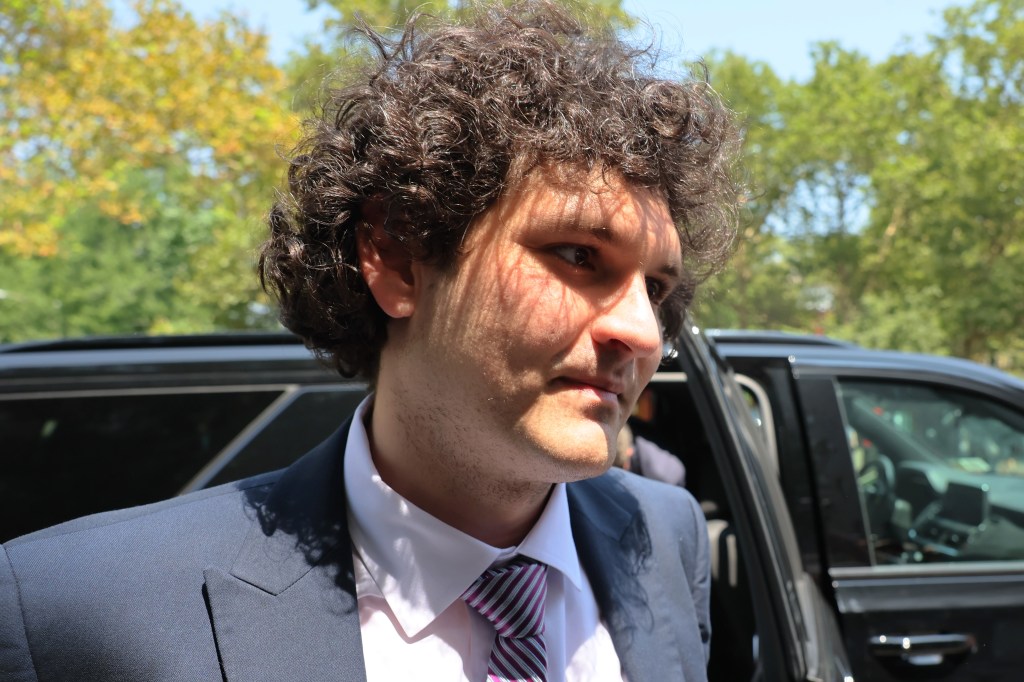The third week of the trial of Sam Bankman-Fried brought further evidence from senior figures involved with FTX, including former chief engineer Nishad Singh and former general counsel Can Sun, plus professor of accounting Peter Easton.
Singh was the third member of Bankman-Fried’s inner circle to testify, following former CTO Gary Wang and former Alameda Research CEO Caroline Ellison. Singh has entered a guilty plea to charges of fraud and violation of campaign financing and is co-operating with prosecutors. All three suggest Bankman-Fried was aware of the true nature of the financial situation at FTX and Alameda Research.
The testimony from Singh enabled the court to shed light on the sequence of events and leadership decisions that led to the collapse of the cryptocurrency exchange in November 2022. Singh said he “learned of a hole” of $8 billion months before, but he still approved transactions he “implicitly” knew had come from user deposits.
FTX funds funneled to Alameda
According to Singh, Bankman-Fried admitted to him that money from FTX user funds was funneled to affiliated firm Alameda Research and used to fund venture investments, luxury real estate purchases and political donations. He said Bankman-Fried regularly ignored objections from other senior executives about investments aimed at building the businesses’ influence with celebrities and politicians.
Singh also said that he knew from the “inception” of FTX that customer funds were stored in Alameda bank accounts – a move designed to get around problems FTX was having opening its own accounts. He told the court he personally programmed systems in 2019 that routed FTX customer deposits into Alamada accounts. He said “someone would manually credit” FTX user balances with the amounts that had been paid into Alameda.
And he said he built systems that allowed FTX to trade, borrow and withdraw funds in excess of its balance and collateral amounts “at Gary Wang and Sam Bankman-Fried’s advisement and direction”.
Political donations
Political donations were often done under Singh’s name because of “advantageous optics”, said. “It was useful for my name to be associated with some donations, even if the end recipient understood they were really coming from something else,” he told the court.
Notre Dame University accounting professor Peter Easton followed Singh onto the stand and was asked if he’d found FTX had spent customer funds. His answer was one of the least complex to date in the trial. “Oh yes.”
He presented a series of charts showing the results of his audits, including customer funds used to purchase:
- most of the FTX investment in SkyBridge Capital;
- most of a $550m investment in bitcoin miner Genesis Digital Assets;
- the entire purchase of finance firm Modulo Capital.
Easton said that, in June 2022, FTX had just $2 billion in capital backing more than $11 billion in user funds.
Can Sun, who was FTX general council from August 2021 to November 2022, when the company collapsed, said he believed FTX customer monies were ring-fenced from FTX’s own funds because of conversations he had with Bankman-Fried. Asked whether he had signed off Alameda’s use of FTX customer funds, he answered “absolutely not”.
Proceedings have now paused before resuming on Thursday.













